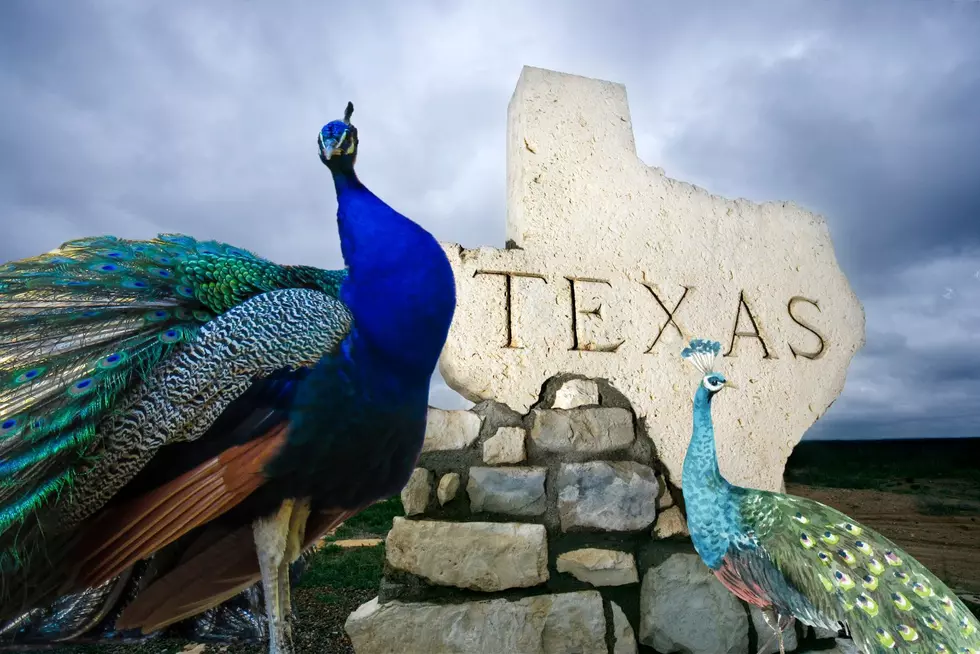
Why Do Giraffes Have Long Necks? Answers to 25 Animal Mysteries
About a billion years after the Earth formed, the first signs of life emerged. These were just single-celled microbes, but through billions of years of evolution, scientists think that one of these organisms became a common ancestor to all life, including animals.
The Ever-Evolving Animal Kingdom
Evolution has shaped life since its emergence, progressing for more than 2 billion years before the first animals evolved from their primal ancestors. Since then, the animal kingdom has adapted to fill niches nearly everywhere on the planet, from the sea to subterranean tunnels.
READ MORE: Giraffe Snuggles With Chiropractor After Most Adorable Adjustment
Evolution encompasses the changes species undergo over long time periods. It describes how a species' gene pool can gradually change over time, thanks to random DNA mutations or sexual reproduction introducing new genetic combinations. Traits can emerge that help individuals survive to reproduce and pass on their genes to future generations.
Survival of the Fittest
Nineteenth-century naturalist Charles Darwin used natural selection, or "survival of the fittest," to describe a major aspect of evolution. According to this theory, individuals with traits better suited to the environment are more likely to survive to pass on their traits to offspring. For example, if there are a few beetles with superior camouflage in a group with other beetles that stand out, the camouflaging beetles will have a higher chance of surviving and reproducing. Over many generations, the species will adapt to their surroundings as more beetles with that camouflage trait make up the population.
RELATED: 30 Fascinating Facts About How Animals Sleep
Evolution is driven by interactions between genetics and nature, and the Earth's rock layers preserve a record of this process. By studying fossilized remains, scientists can learn about how modern animals evolved.
Animal Mysteries Unraveled
But how these animals came to live where they live, look the way they look, and do the things they do is rarely obvious. By consulting scientific research and news articles, Stacker compiled a list of 25 animal evolution questions and answers to explain some of those mysteries, from why giraffes have such long necks to how ants can carry 50 times their body weight. Read on to find out how evolution has led to the diversity of animals on the planet.
Why do giraffes have long necks? Answers to 25 animal evolution questions:
Gallery Credit: Stacker
LOOK: 30 fascinating facts about sleep in the animal kingdom
Gallery Credit: Katherine Gallagher




